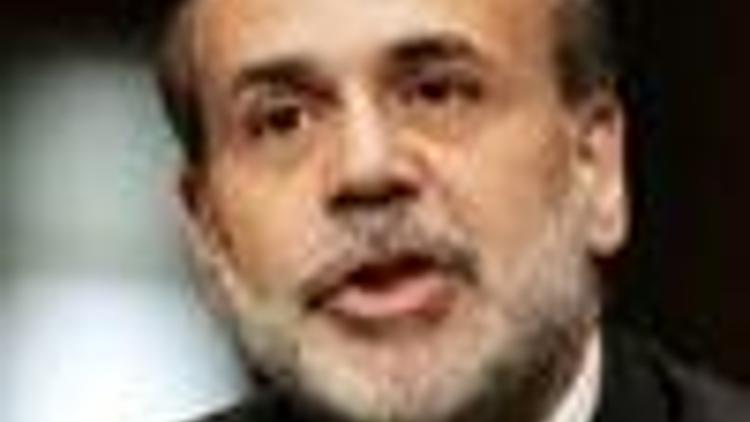Fed cuts discount rate, expands loans to avert crisis
Güncelleme Tarihi:

The Federal Reserve, struggling to prevent a meltdown in financial markets, cut the rate on direct loans to banks and became lender of last resort to the biggest dealers in U.S. government bonds. In its first weekend emergency action in almost three decades, the central bank lowered the so-called discount rate by a quarter of a percentage point to 3.25 percent.
The Fed also will lend to the 20 firms that buy Treasury securities directly from it. In a further step, the Fed will provide up to $30 billion to JPMorgan Chase & Co. to help it finance the purchase of Bear Stearns Cos. after a run on Wall Street's fifth-largest securities firm.
Analysts warn Fed is taking a risk by opening up its own balance sheet to the same poisonous securities that have strained banks to the limit, but the risk of doing nothing is far greater.
"Clearly, the Fed is trying to provide more liquidity to prevent a more vicious cycle and race to the bottom," Gary Schlossberg, senior economist at Wells Capital Management in San Francisco, which oversees $200 billion, told Bloomberg news. "The problem is there's so much concern about credit quality that now there are solvency issues, and it's something the Fed has a more difficult time dealing with."
The move is Chairman Ben S. Bernanke's latest step to alleviate a seven-month credit squeeze that's probably pushed the
The Fed's balance sheet lists assets of $869 billion, of which $709 billion are Treasury securities held outright. First, the central bank lends only to primary dealers, the big names in the financial world. That means the risk of an outright failure is minimal -- although Bear Stearns' swift demise serves as a reminder that it is not unheard of.
Second, the Fed assigns a "haircut" or markdown to securities pledged as collateral, which means they would have to shed significant value before the Fed felt the loss.
Analysts said risks to the
The last time the Fed lowered rates in an emergency move, on January, it was at the beginning of the
GLOBAL MARKETS
Indexes in Asia and Europe fell, as UBS AG in
The dollar sank to a record low against the euro and the Swiss franc and fell to the weakest in 12 years against the yen, helping push gold and crude oil to highs.
"This is a serious crisis," said David Goldman, senior portfolio strategist at Asteri Capital in

